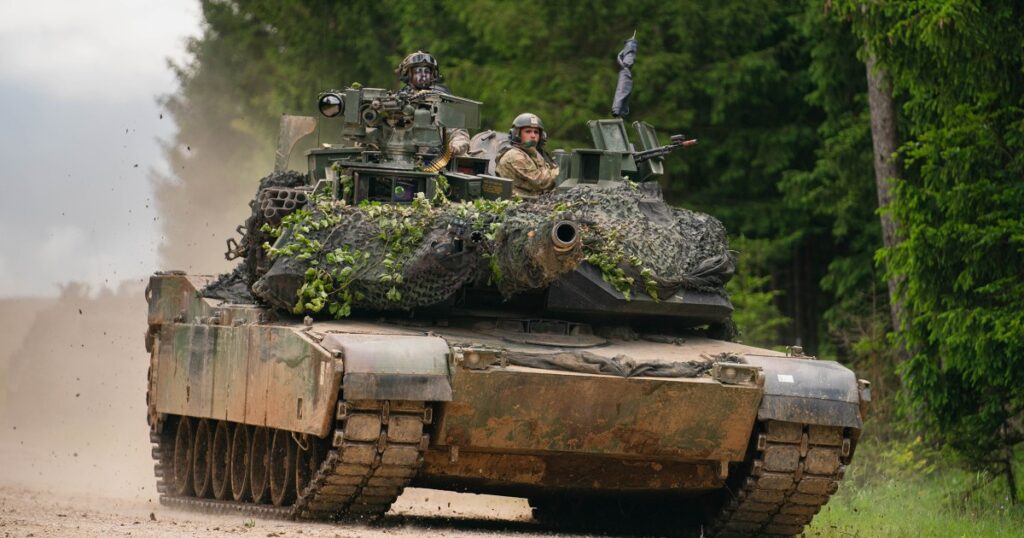Within hours of President Biden announcing his decision to give Ukraine a battalion of 31 M1 Abrams main battle tanks, reports from NBC and others news outlets confirmed what already seemed likely: the transfer was done at least in part to appease German Chancellor Olaf Scholz, over the objections of skeptical Pentagon officials including Secretary of Defense Lloyd Austin. Just a few days earlier, these officials had argued the Abrams tanks were more logistically demanding and complicated than Germany’s Leopard 2 versions.
Just a few days earlier, these officials had argued the Abrams tanks were more logistically demanding and complicated to operate than Germany’s Leopard 2 versions.
For nearly a year, Scholz had stubbornly refused to supply Ukraine with Germany’s Leopard 2 , while also blocking their transfer from other European countries. German officials indicated they would only offer their tanks to Ukraine in concert with the United States, to diffuse the Kremlin’s wrath. (Germany has now pledged to send Ukraine over a dozen Leopard 2s as a “first step.”)
The Leopard 2 and Abrams are fairly similar in capability, coming in various models weighing 60-70 tons. Both are bigger and better protected than Russian tanks, with far more sophisticated sensors and fire control systems. But a Leopard 2’s diesel engine consumes fuel at almost half the rate the Abrams’s gas turbine does. And according to a U.S. Army armor officer I interviewed, it can be more easily repaired in the field. Ukraine’s military doesn’t have the U.S. Army’s huge logistical capacity, so these are nontrivial problems.
Above all, I think military logisticians hate having to divide resources supporting multiple small vehicle fleets that do the same thing but require different spare parts and training programs. From that point of view, training for and supplying just one type of Western tank in Ukraine would have been more efficient.
Thus, it’s easy to spin Biden’s flip-flop on tanks…
Read the full article here





